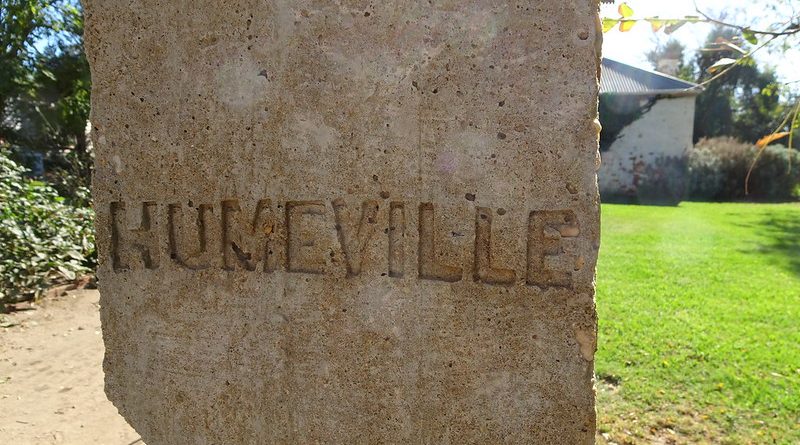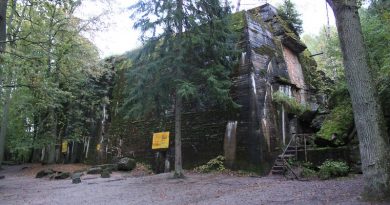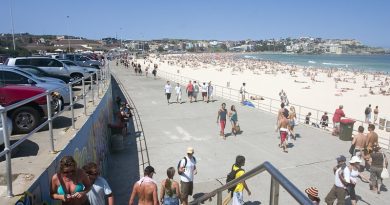Hamilton Hume: The Bushman Behind The Highway
Hamilton Hume was Australia’s first native-born explorer, credited with discovering the overland route between Sydney and Melbourne in 1824 and effectively opening up the region south west of the New South Wales capital for future development. The Murray River and the valuable agricultural and grazing lands between Gunning and Corio Bay in Victoria are just some of the important discoveries made during the epic expedition.
While in 2017 you can drive the entire distance between Sydney and Melbourne in 10 to 12 hours, the original Hume-Hovell expedition in 1824 took 18 weeks. While this may sound like a long time to us modern day commuters, the journey was in fact a miracle of perseverance even then.
An adventurer from youth, Hume set out on his first exploration at the age 17 when, accompanied by his brother John and an aboriginal boy, he reached the Berrima-Bong Bong district in the Southern Highlands. Hume wasn’t your typical English explorer – daunted by the vast and sometimes unforgiving outback – but a native born and bred known for his affinity with Australia’s landscapes, his rapport with and respect for the Indigenous peoples and his learned bushman skills, which aided him in completing expeditions in which others would most likely have failed.
William Hovell, an English sea captain eleven years older than Hume, had very little bush experience but was a skilled navigator. Both men were approached separately by government officials on the subject of an expedition to the Spencer Gulf and eventually they reached an agreement to undergo the journey together.
Lack of government funding led to Hume and Hovell deciding to make the expedition at their own expense, except for some packsaddles, arms, clothes and blankets. Each of the explorers brought three assigned servants along and between them they had five bullocks, three horses and two carts. The majority of the journey was through heavy mountain country and obstacles abounded: torrential river crossings, dense bush and the Snowy Mountains themselves. Hovell urged the group to turn back more than three times and even tried to rouse their six convict companions to mutiny, however, Hume’s resourcefulness and friendship with the Indigenous population pushed the expedition forward and are today recognised as crucial factors to the success of the mission.
Tensions between Hovell and Hume have been well documented first-hand by both parties and were largely in part due to the latter’s role being downplayed due to government prejudices against colonial-born figures at this time.
Hume is buried in Yass Cemetery and the Hume Highway, the inland route connecting Sydney and Melbourne, is named after the intrepid traveller and follows the original expedition track for most of its length.In later life Hume settled in Yass, a country town less than an hour’s drive from Canberra known for its fine sheep wool. Here, he lived out the last 30 years of his life as a grazier and his home, Cooma Cottage, can be visited today. Beginning at the cottage and stretching over 426 kilometres, it’s also possible to hike the Hume and Hovell Walking Track between Yass and Albury.
By Natarsha Brown




